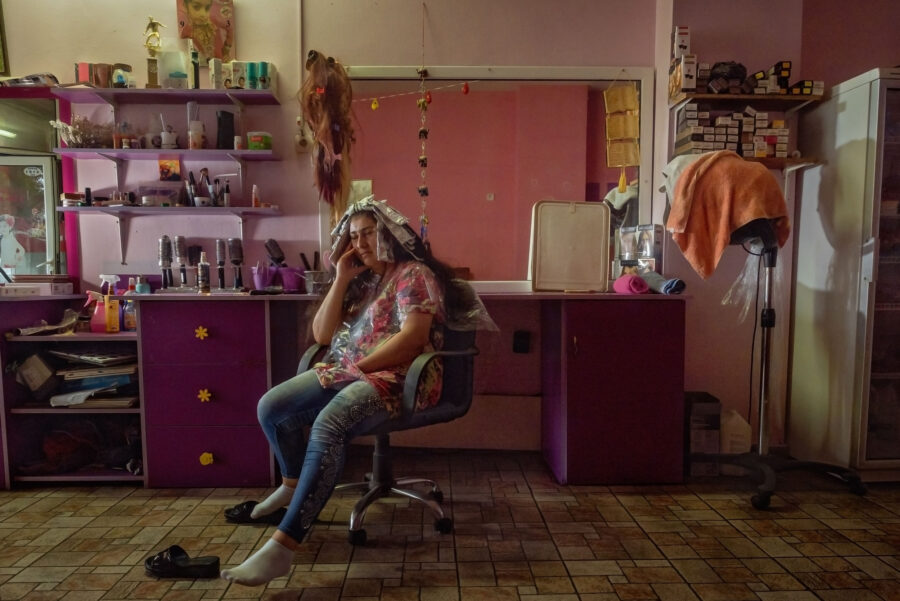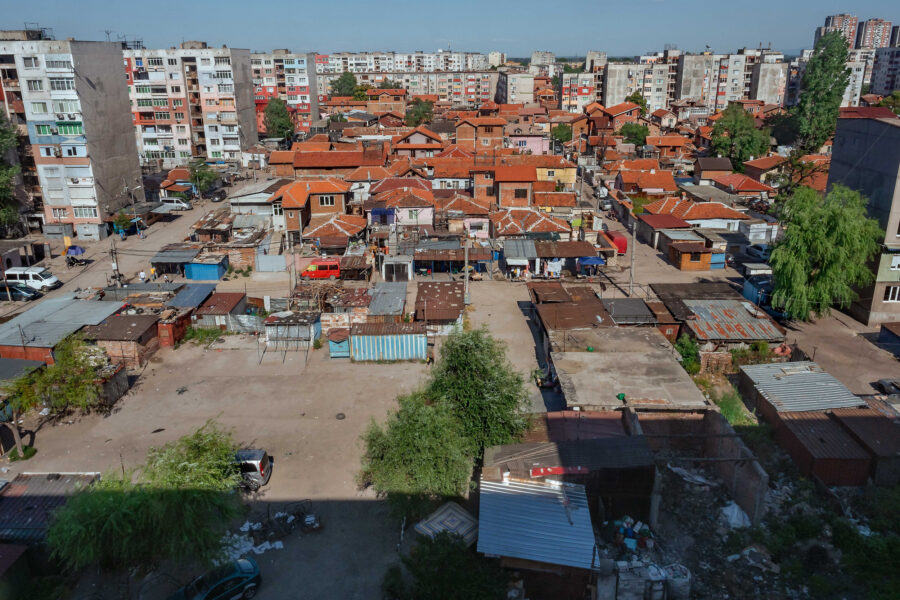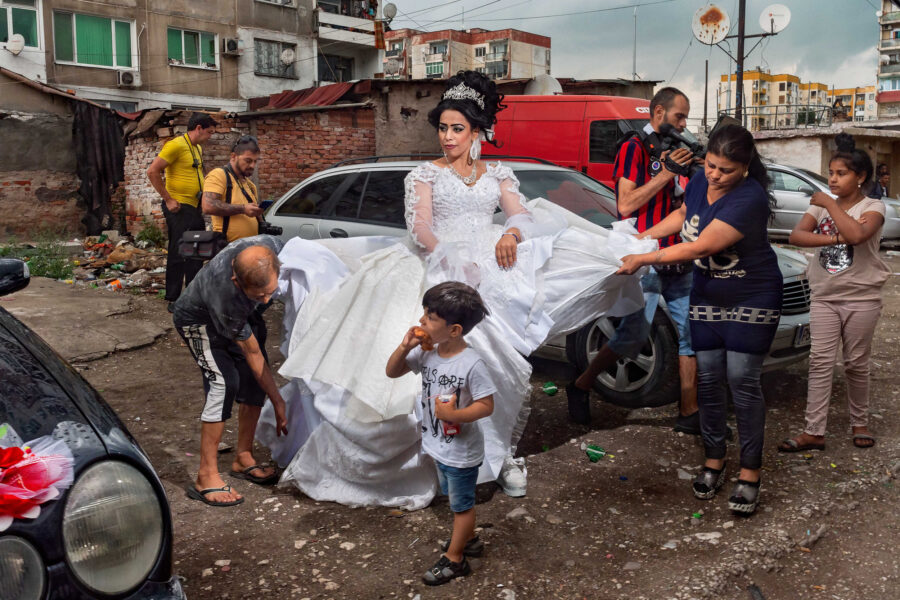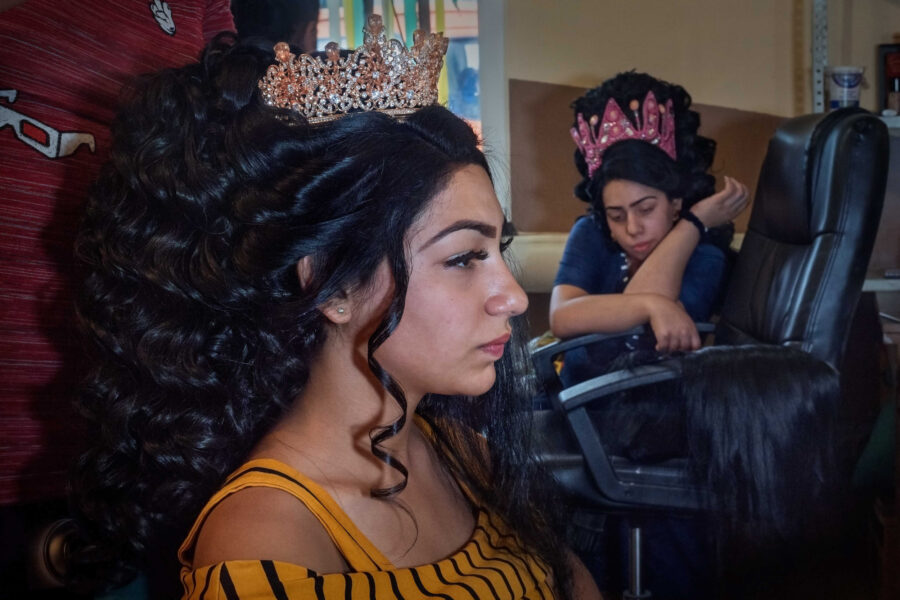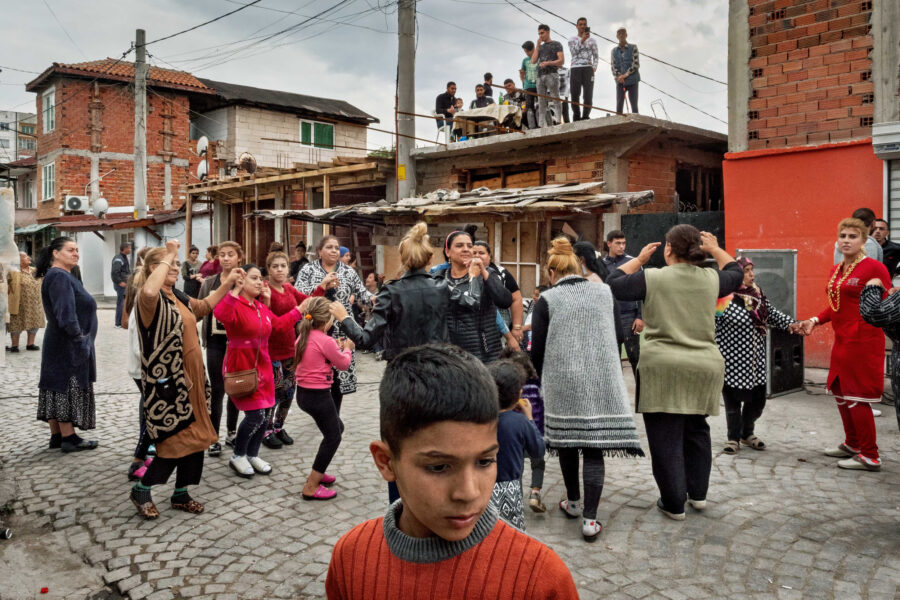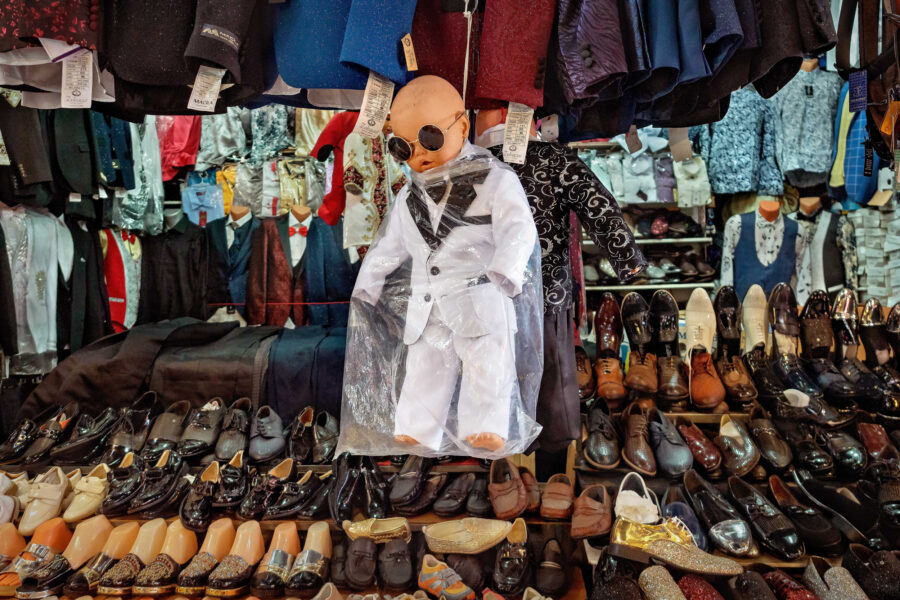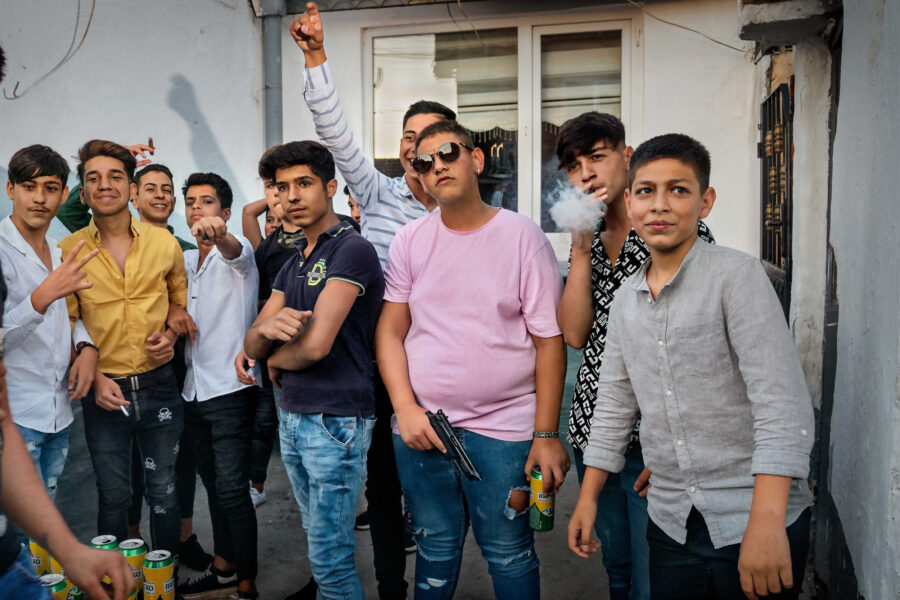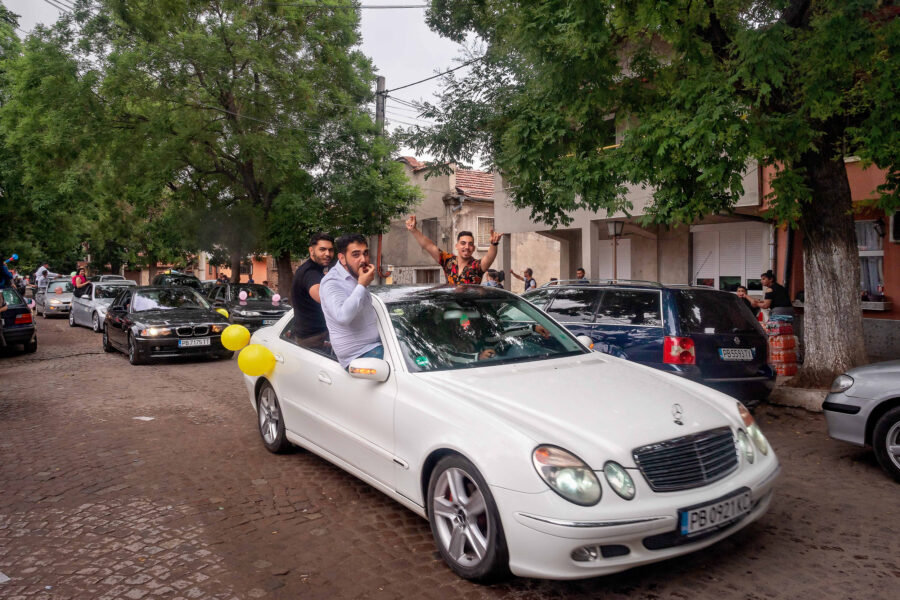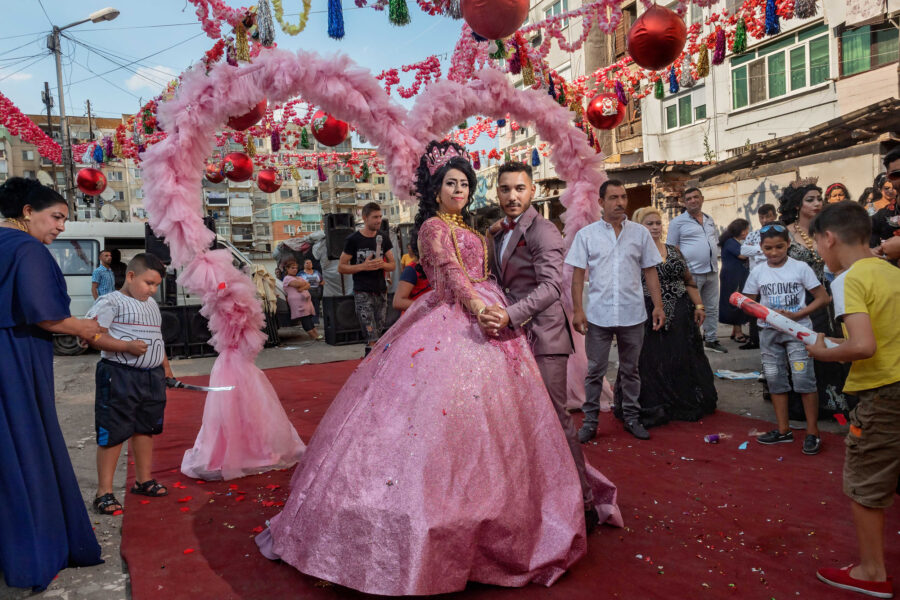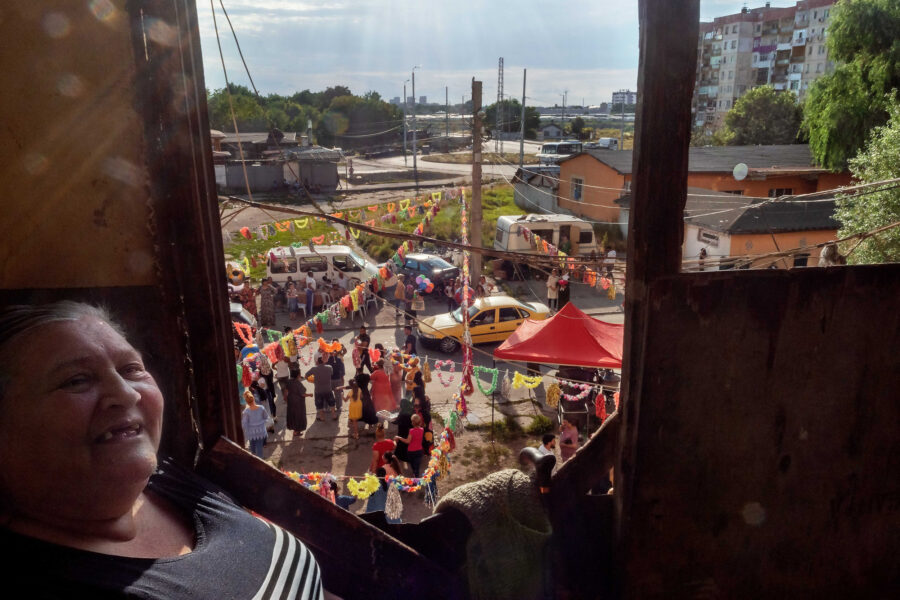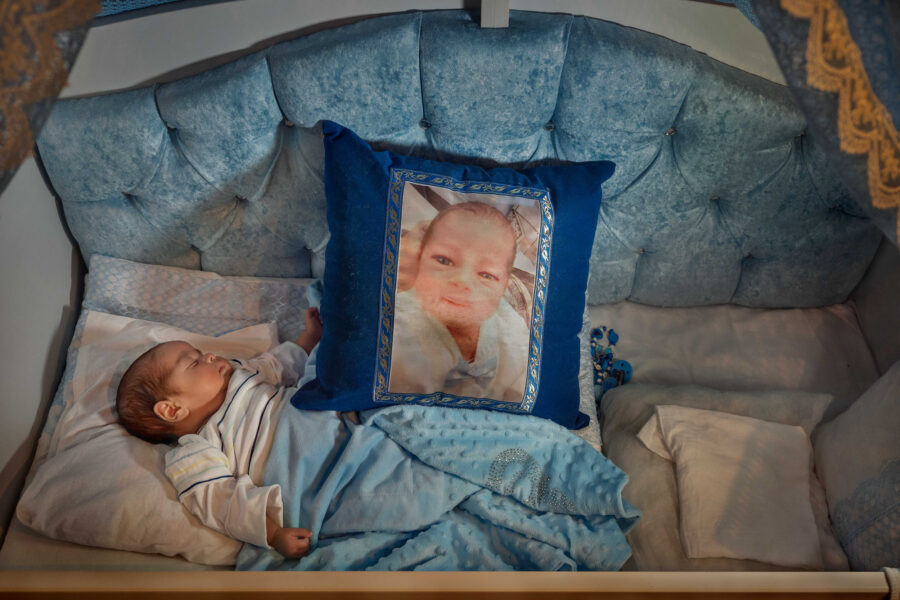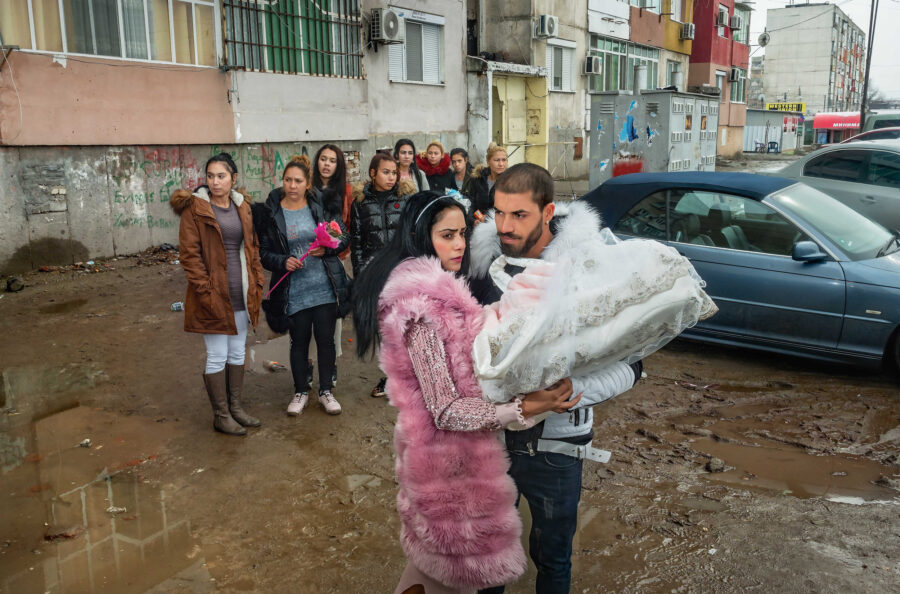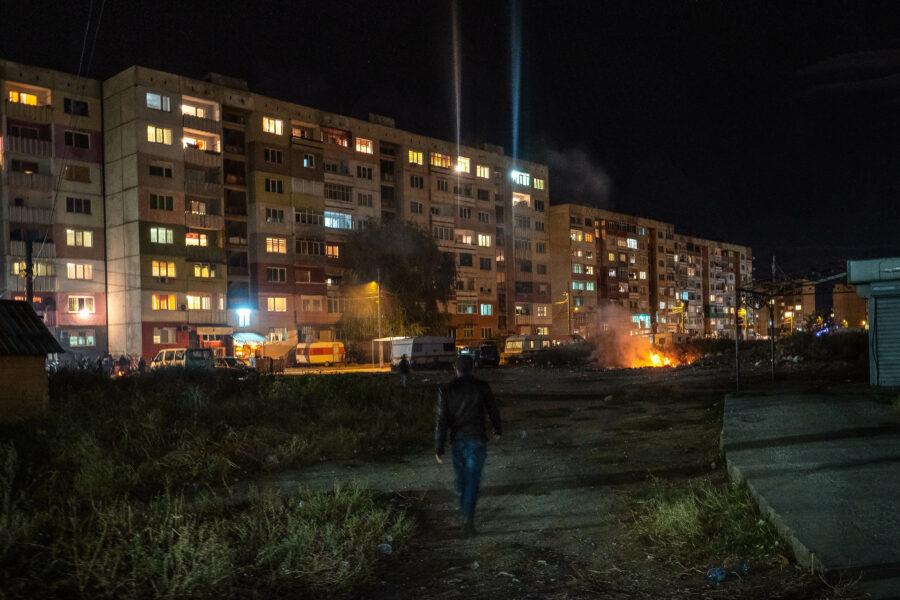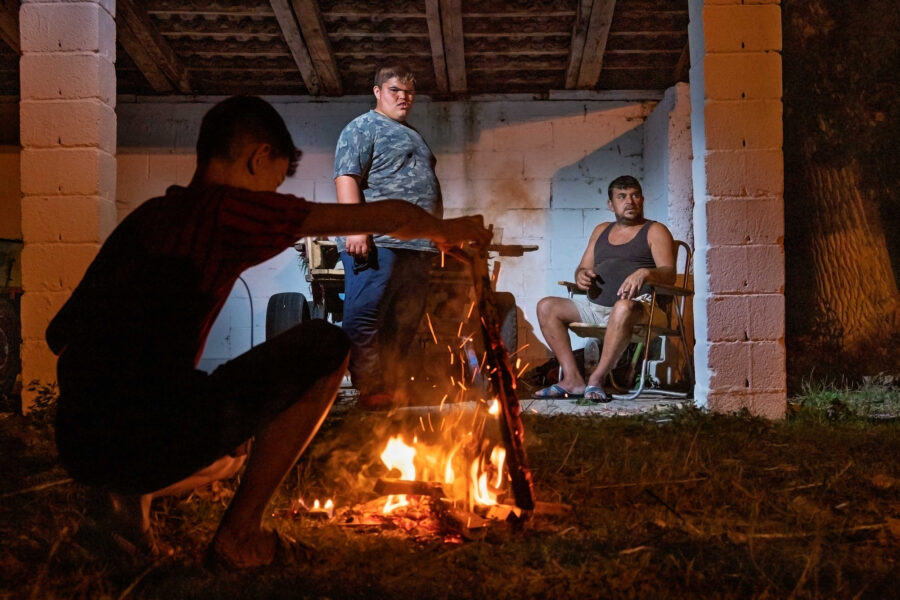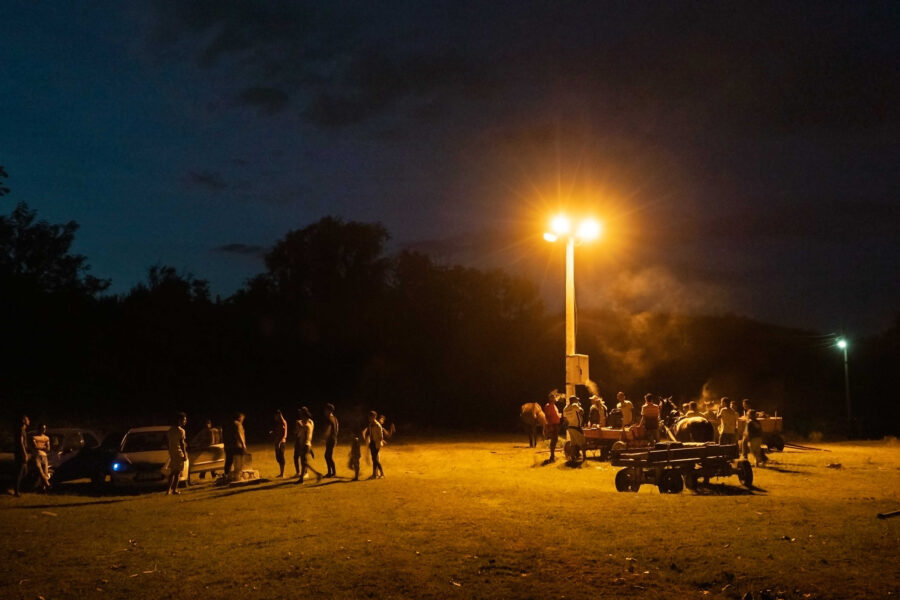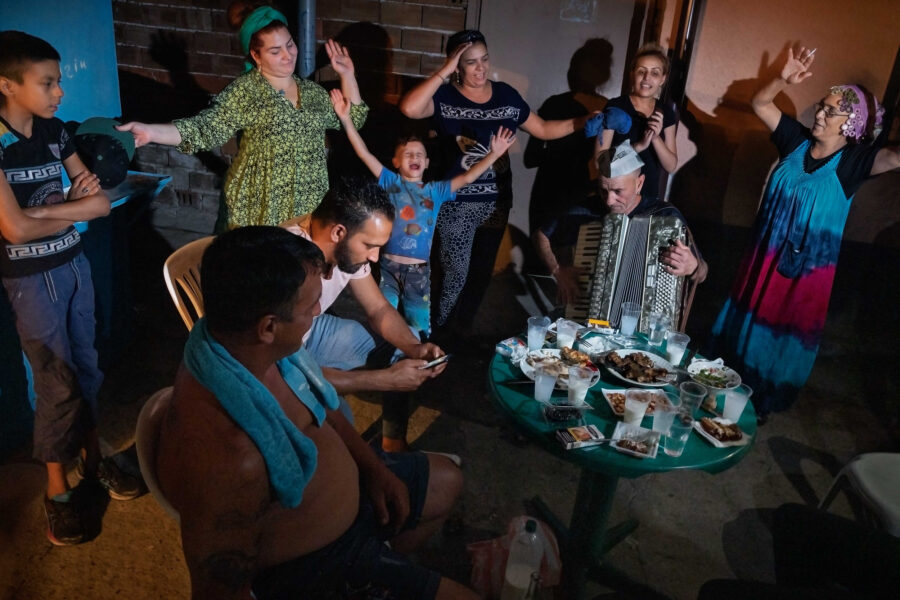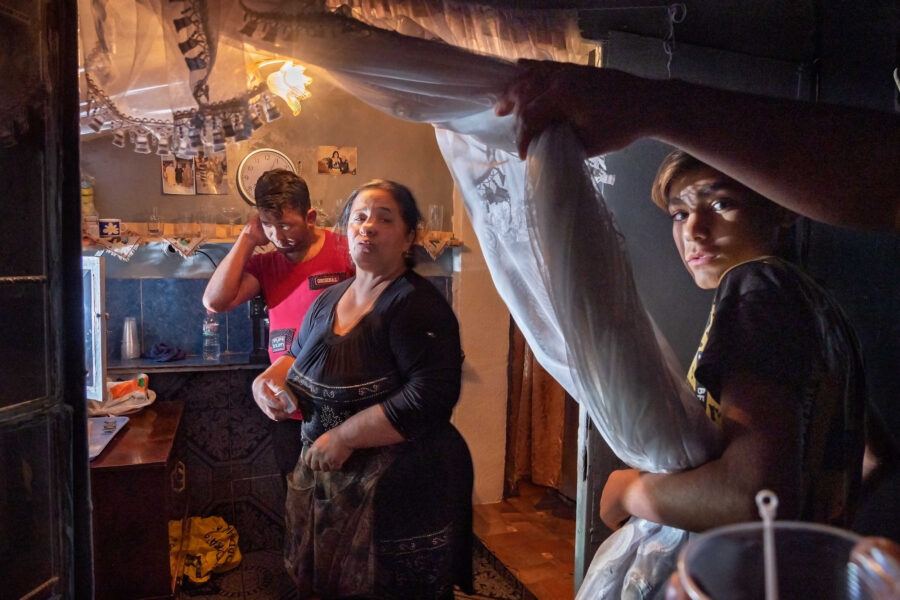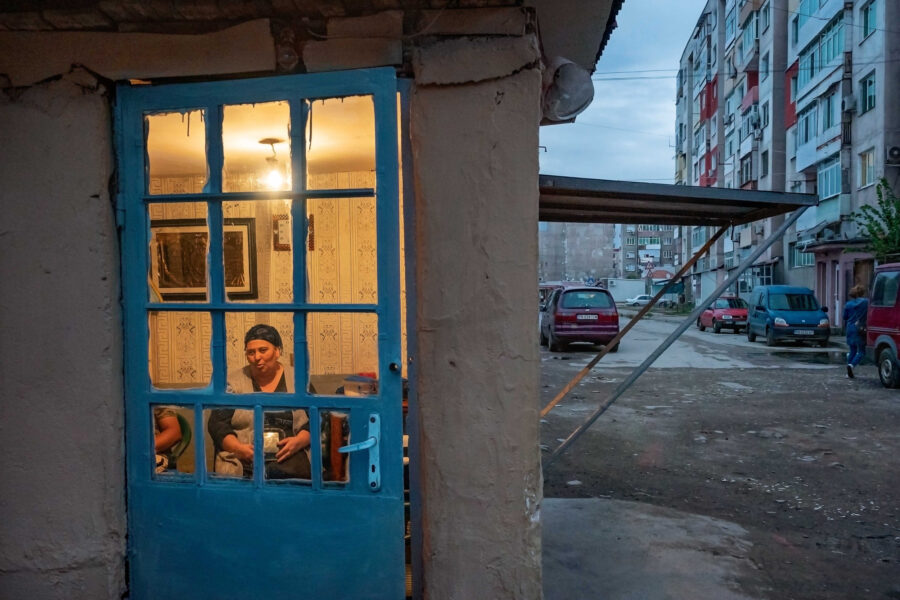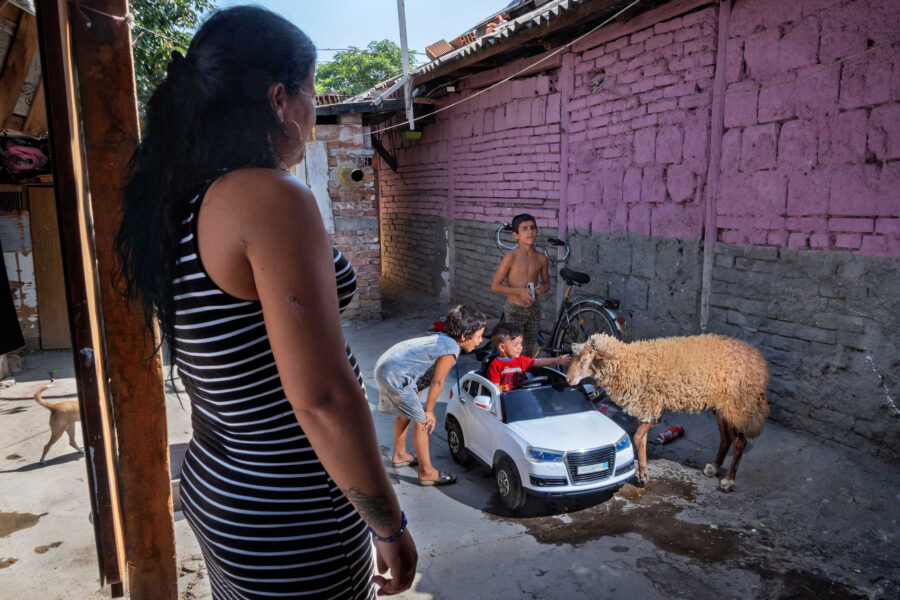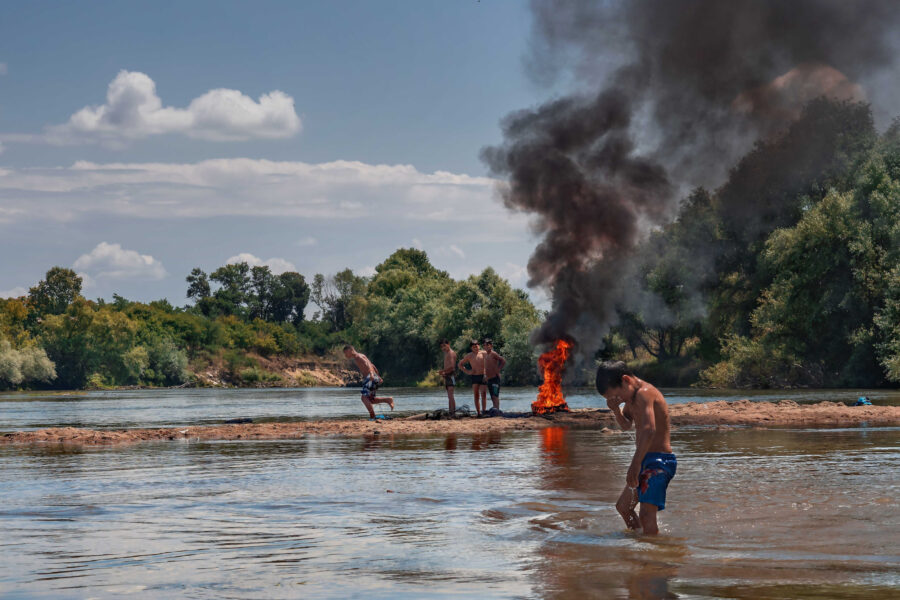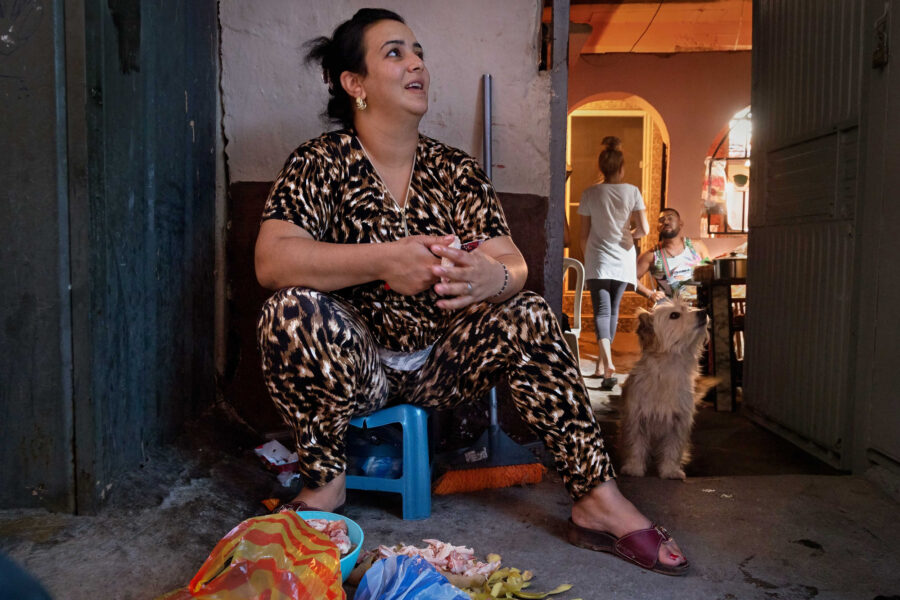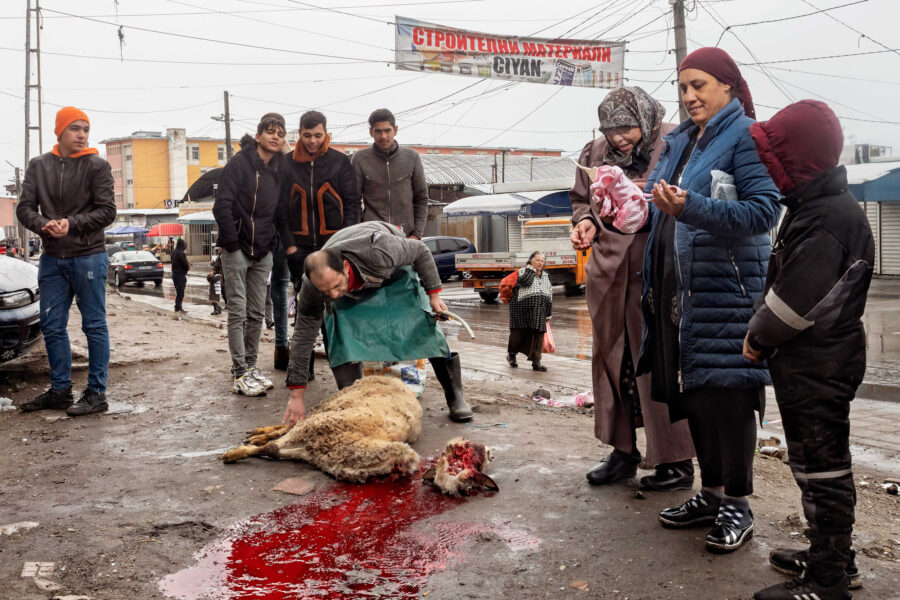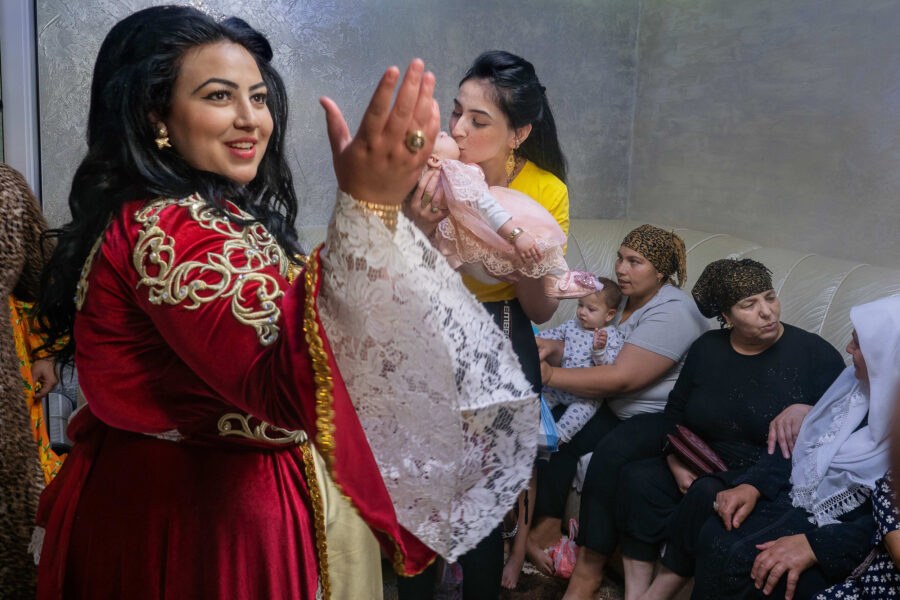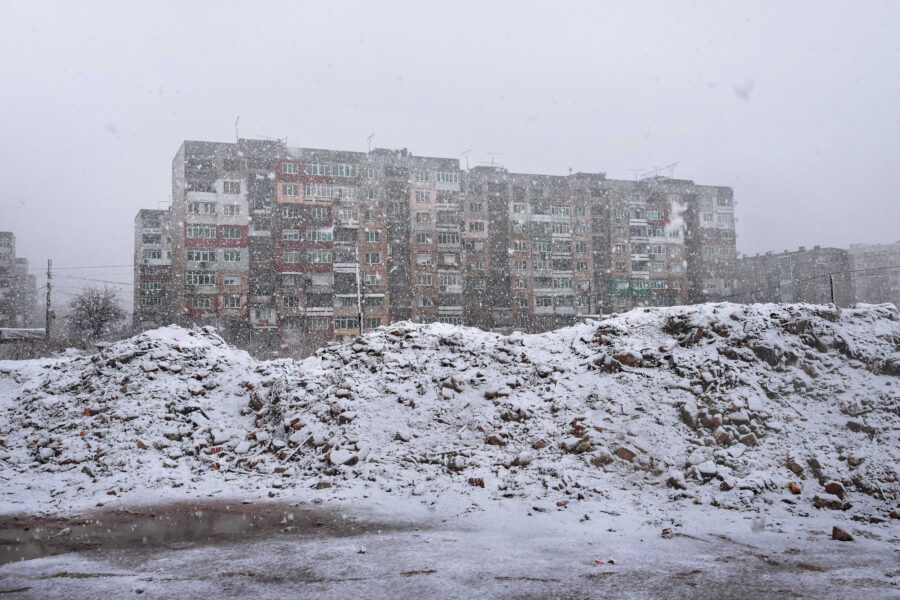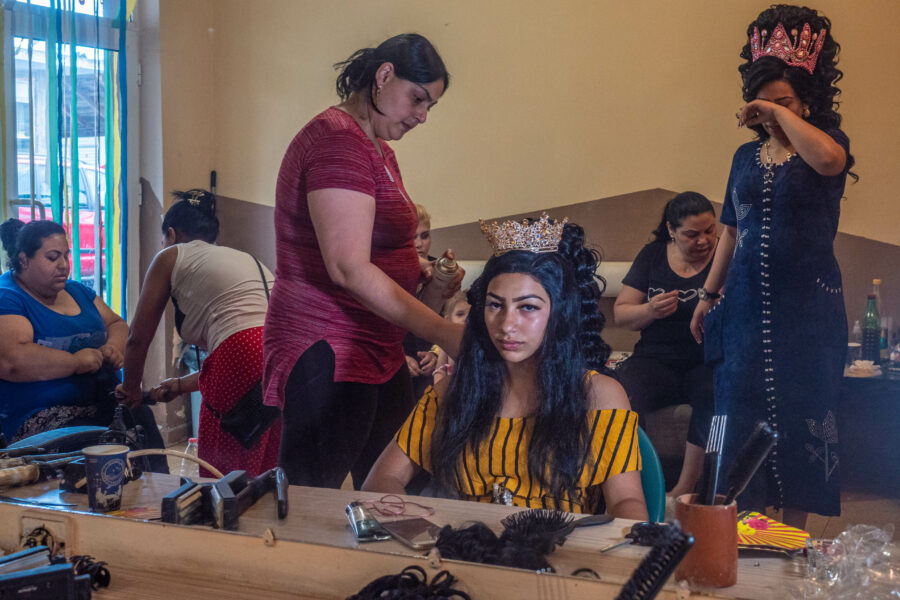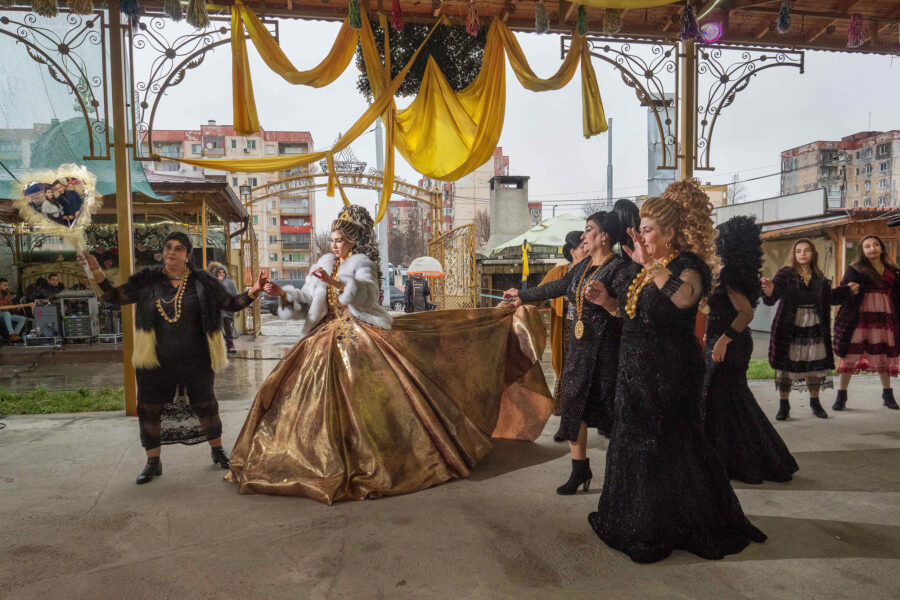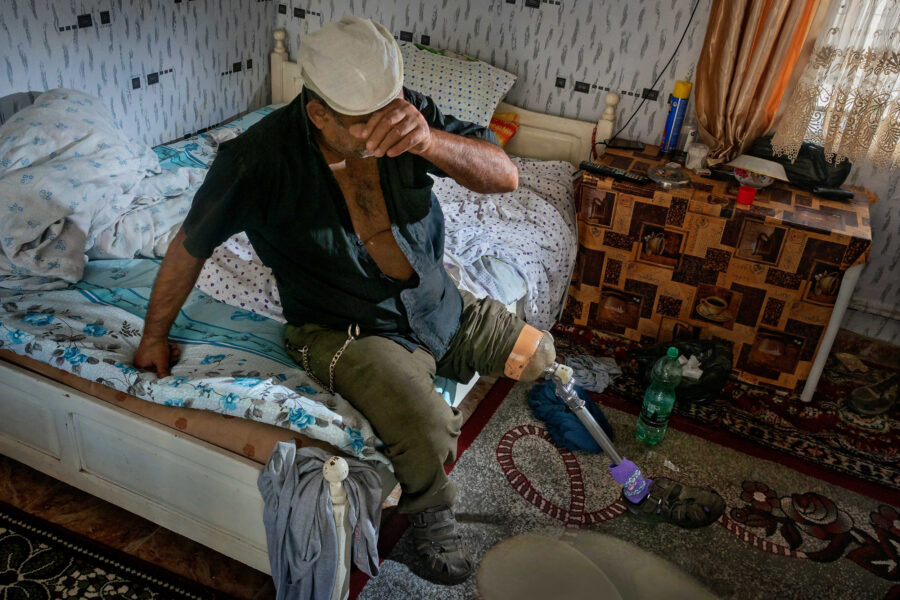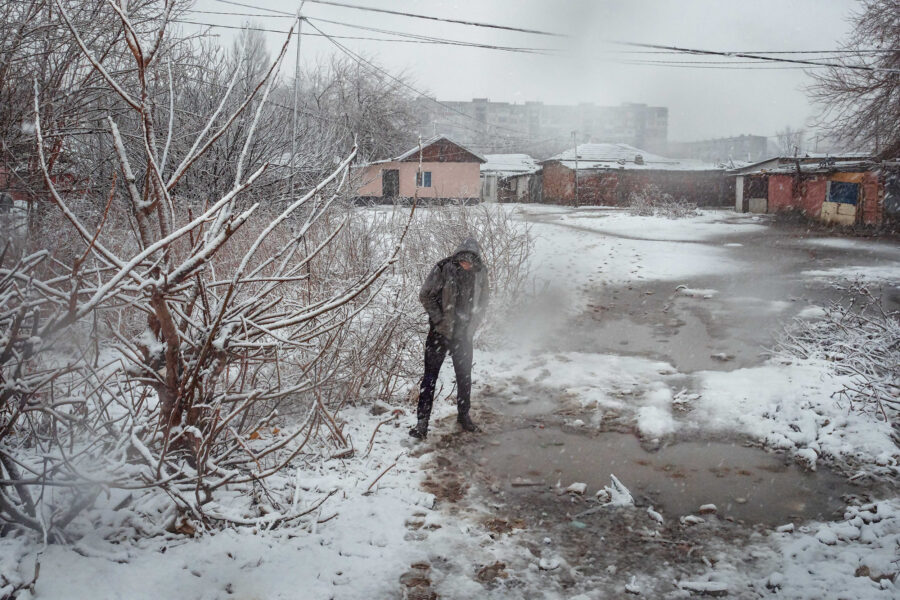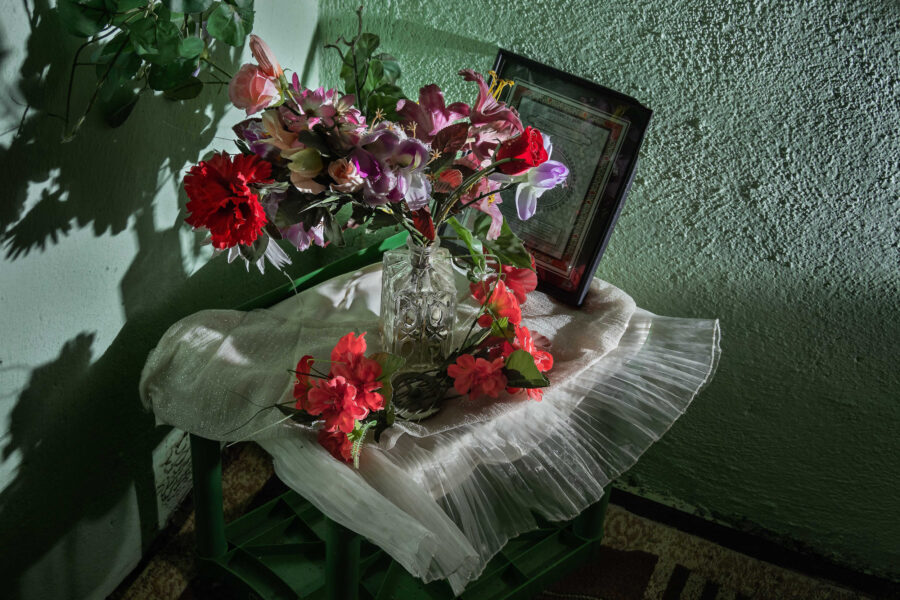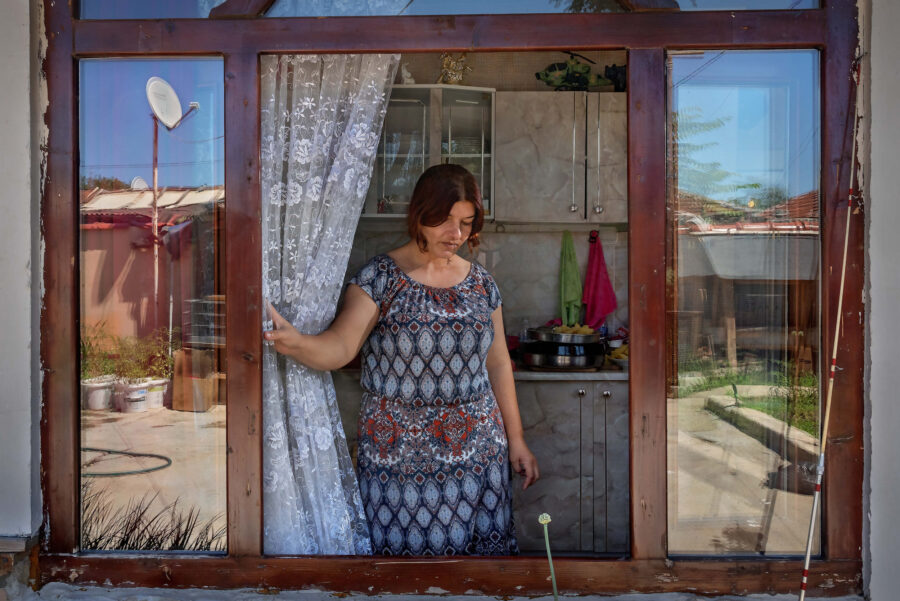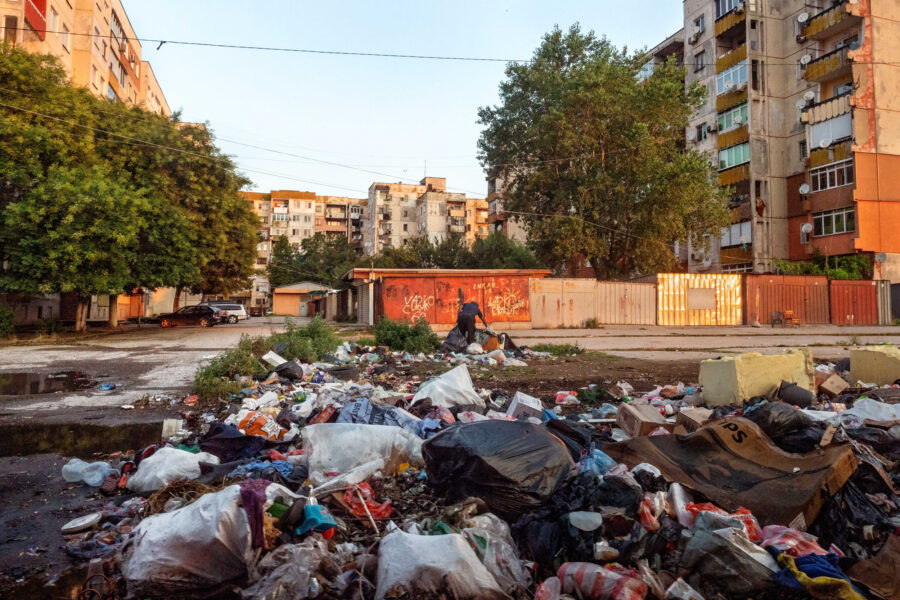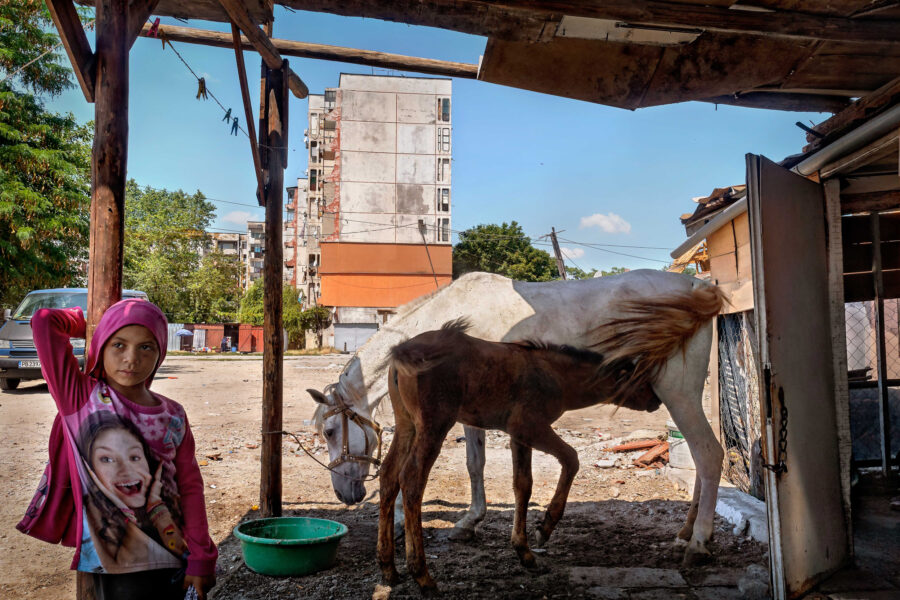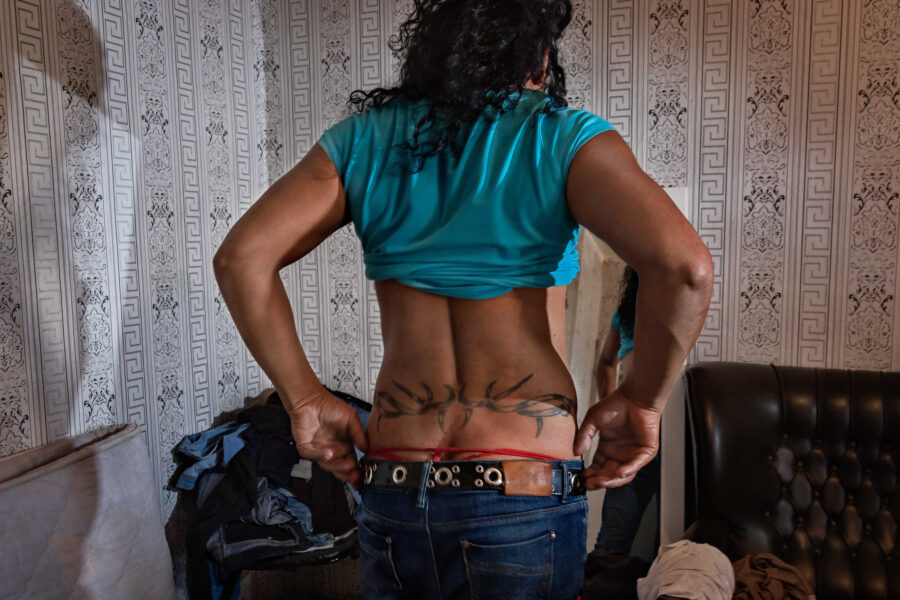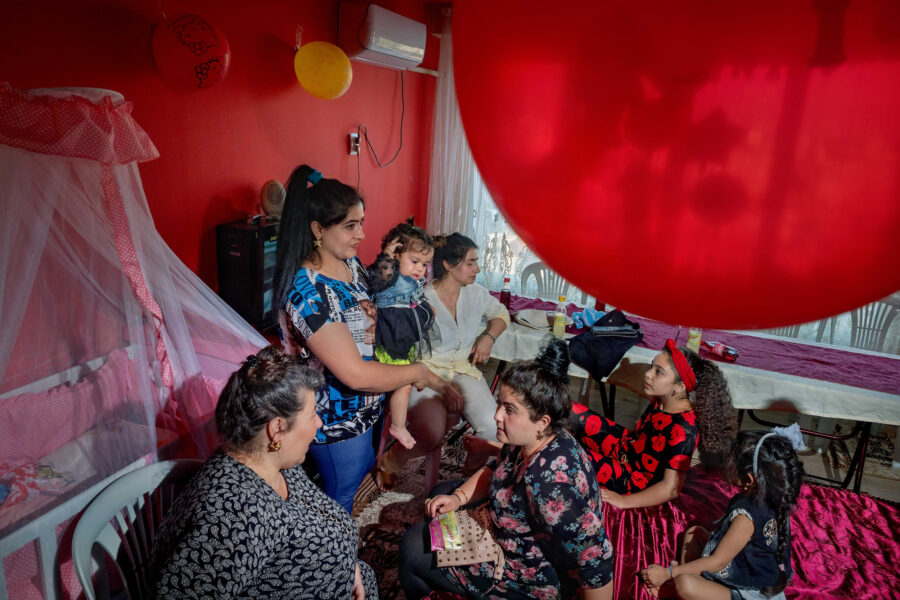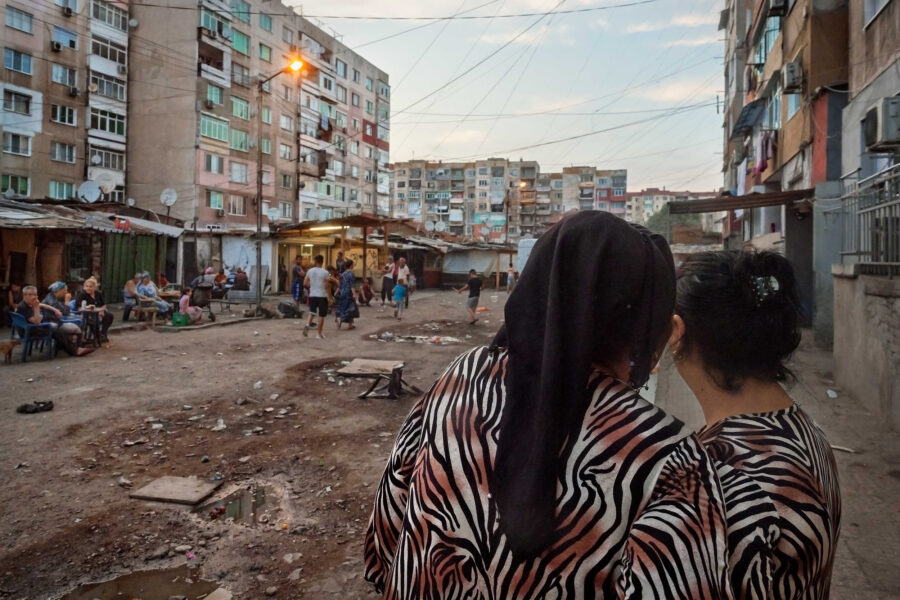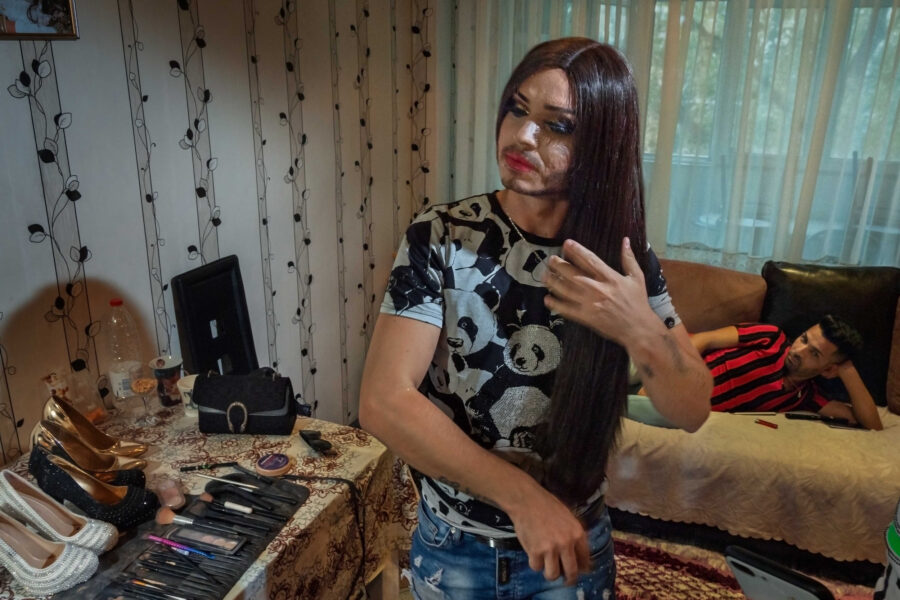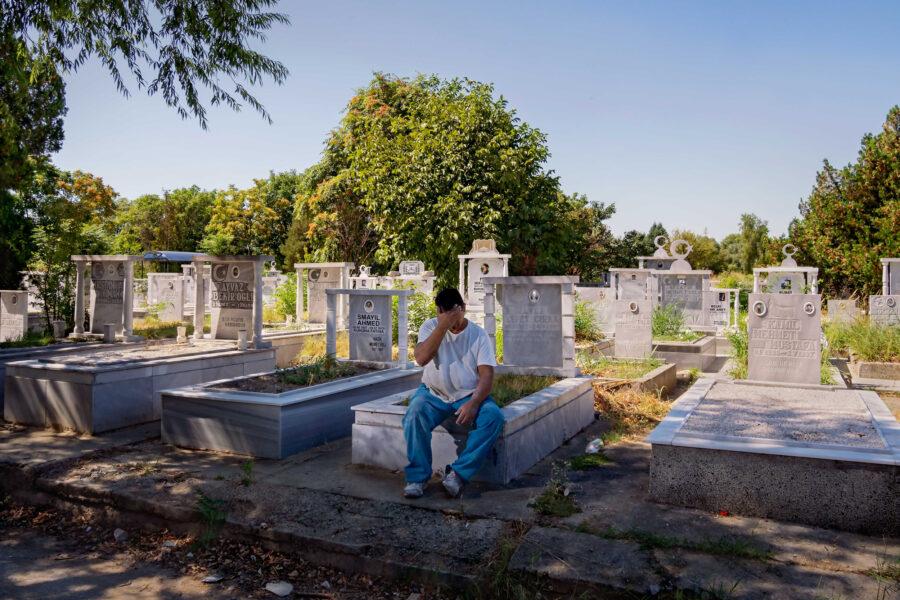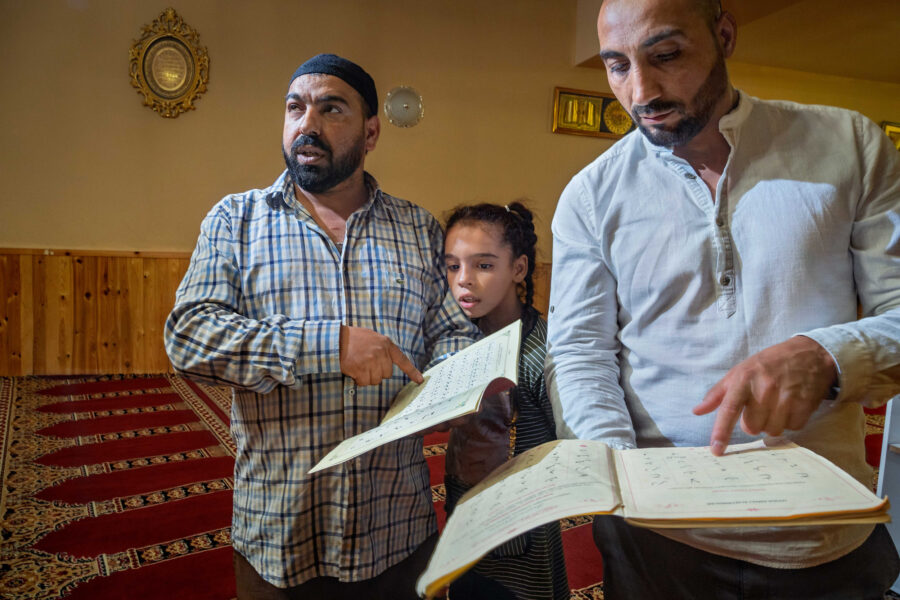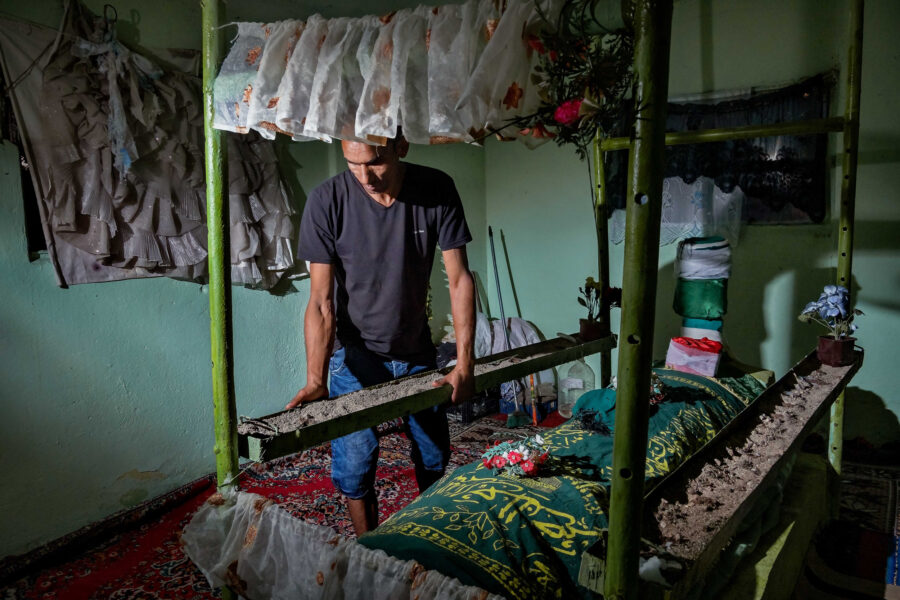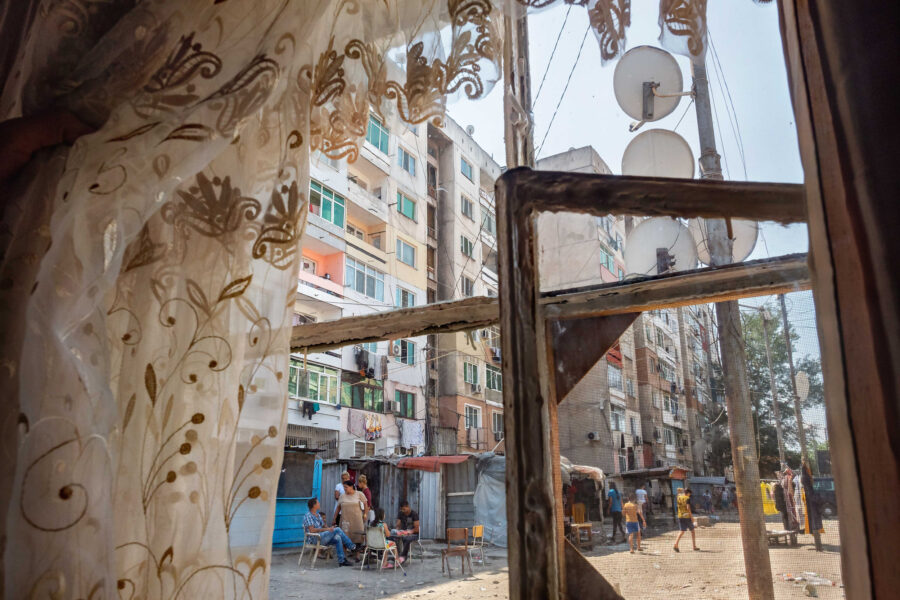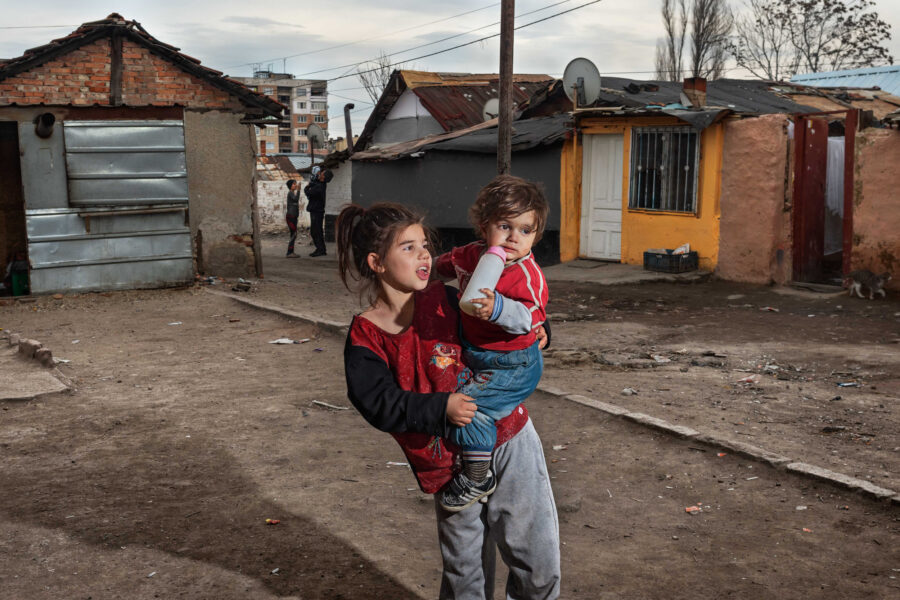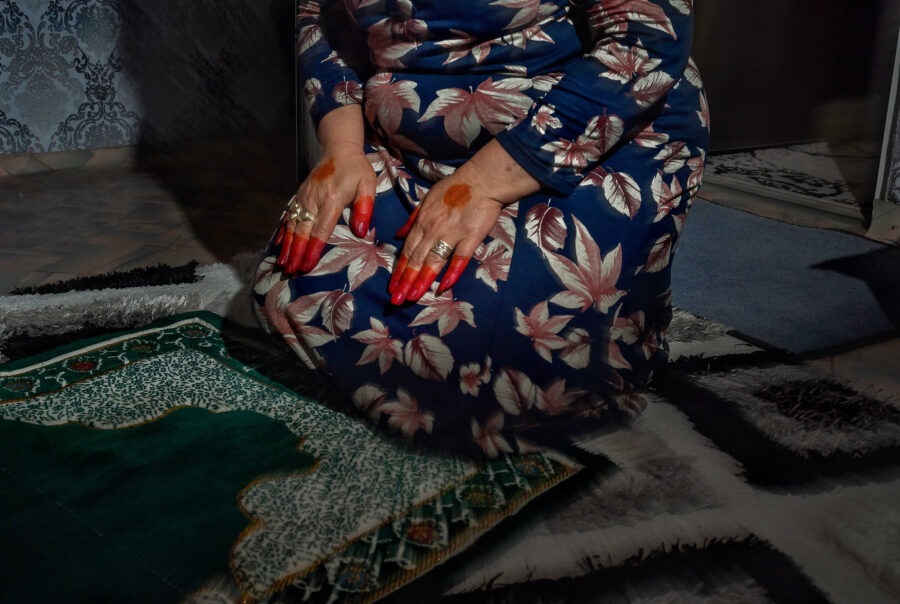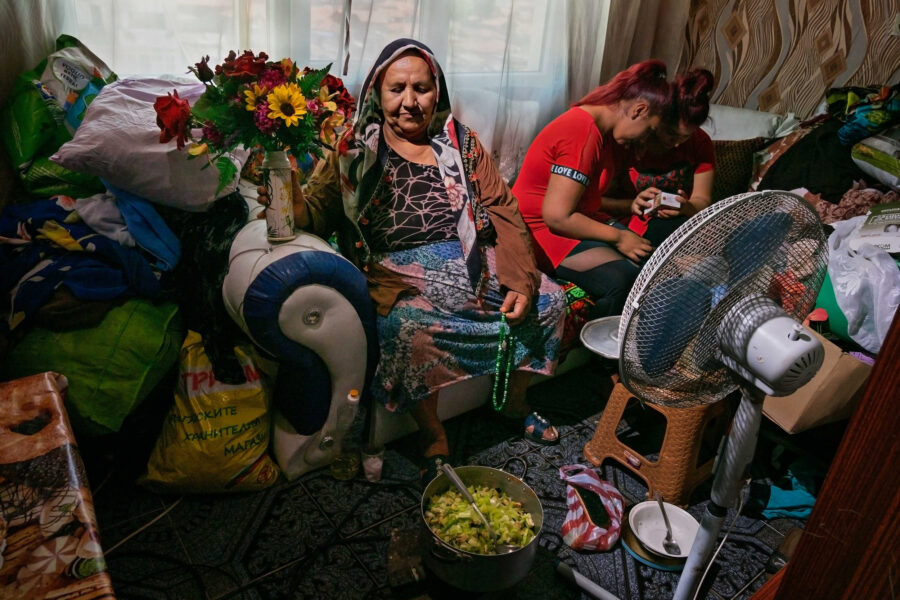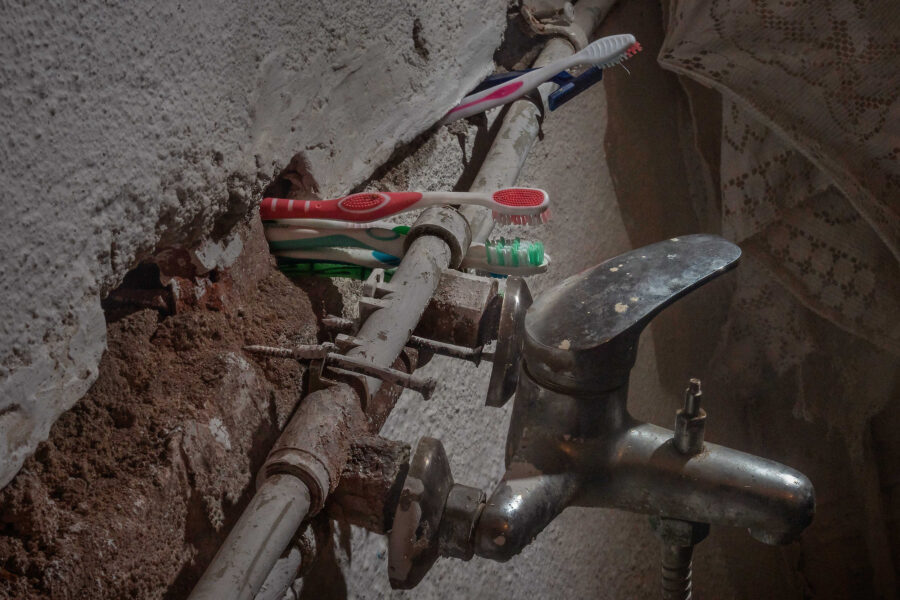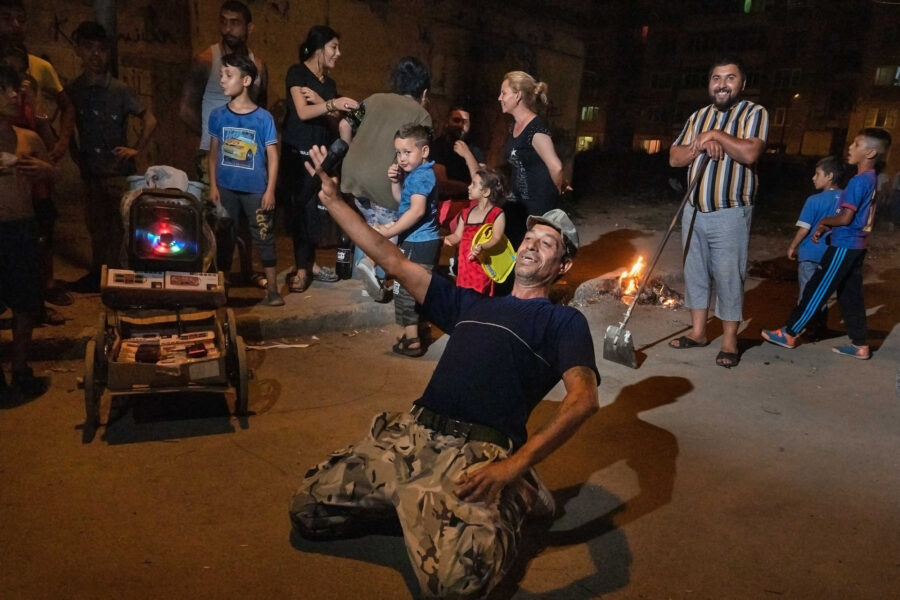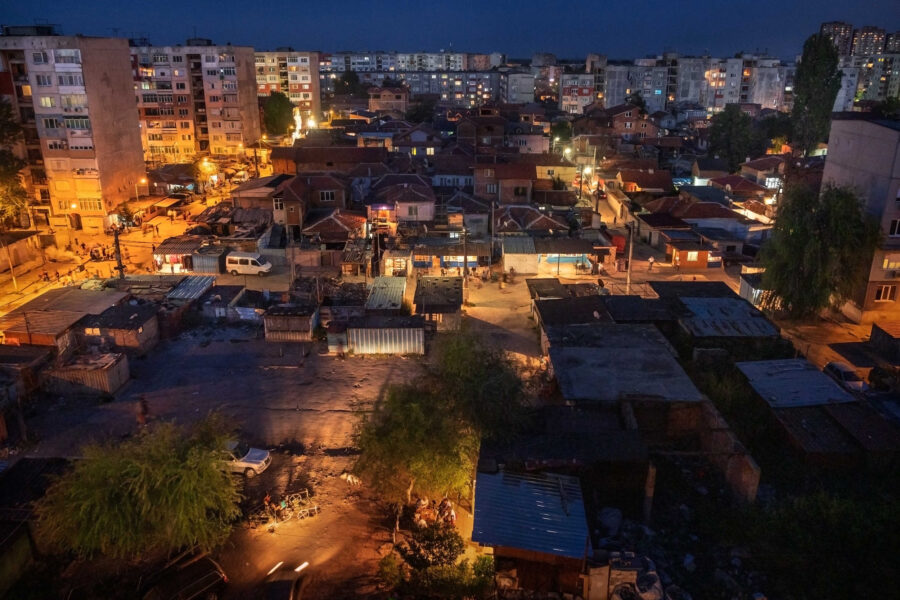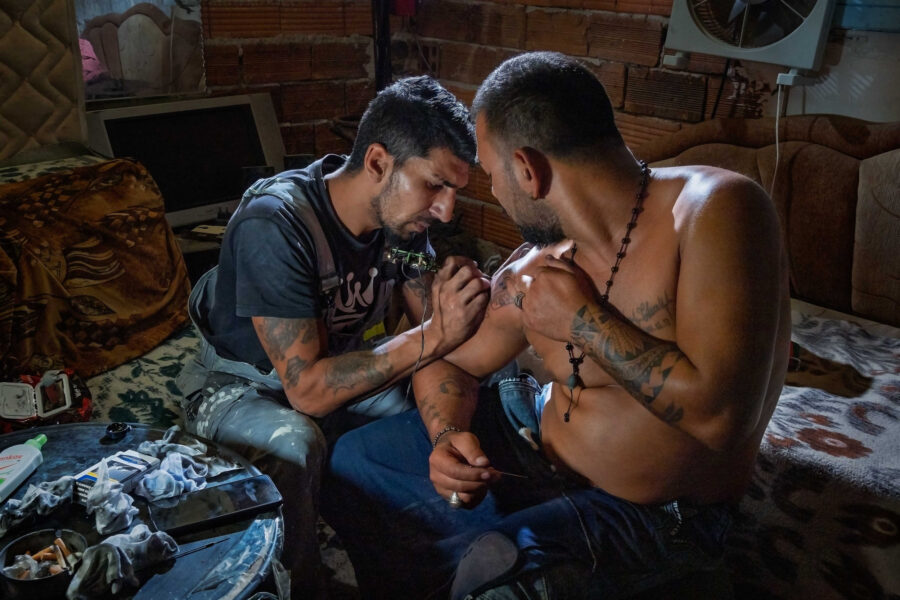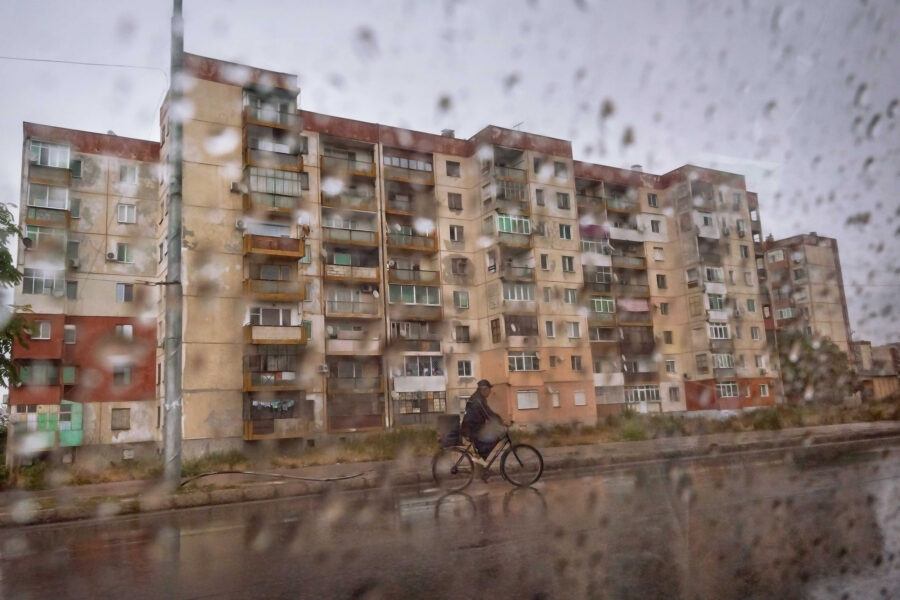ZOR
At Europe's Biggest Gypsy Ghetto
In today’s Europe, increasingly characterised by growing social tensions, supremacist politics, hostility towards the different, and a new wave of nationalist identitarian sentiments, forms of discrimination and isolation are steadily increasing.Along borders as well as within countries, minorities are marginalised, enclosed within physical and cultural spaces predisposed to exclusion and confinement, be they camps, detention facilities, or “ghettos”.
The Roma, Sinti and Gypsy communities in Europe are estimated to number between 10 and 12 million people, the equivalent of the entire population of Belgium. However, 80% of Roma people are at risk of poverty and, despite being the largest minority in Europe, they suffer more discrimination than other groups.
Stolipinovo, the so-called largest Roma, Sinti and Gypsy “ghetto” in Europe, is located on the outskirts of Plovdiv, the second largest city in Bulgaria.
The limiting and stereotypical use of the word “ghetto” on the one hand reflects the real marginalisation that characterises places like Stolipinovo. On the other, it imposes a distorted image, obscuring the complexity and heterogeneity that exists in the district. Not only different ethnic and religious identities, but the poor and the very poor coexist, as well as the middle class and the wealthy; there is patriarchal conservatism, and LGBTQIA+ communities.
In the Communist era, it was an ordinary neighbourhood, but became a ghetto after the fall of Communism and with the privatization of industry when Gypsies lost their jobs because of racial discrimination.
Today, the approximately 80,000 people of Stolipinovo (according to the European Forum for Democracy and Solidarity) are social outcasts rejected by the Bulgarians living in Plovdiv.
The residents in the ghetto of Stolipinovo have a Turkish background, speak Turkish and identify as Turks. They were traced to be present in Bulgaria long before Bulgaria became independent on October 5, 1908, and they claim to be the last heritage of the Ottoman Empire. The first wave of large-scale settlement of Gypsies in Bulgarian lands can be traced back approximately to the period of the 12th—14th century.
Most of the population are Muslim, but diverse religious identities, including paganism, coexist within the community.
The social structure is based on the family unit, with clearly defined gender roles and hierarchies according to levels of respect from the community and wealth. Cultural traditions are core values; events are celebrated in the open, usually on the streets, and are open to the community.
Residents of the Gypsy ghetto of Stolipinovo are victims of discrimination, being seen as stereotypes not fitting in with the local Bulgarian lifestyle and culture. They live in squalid conditions, with social, housing and health problems at critically dangerous levels.
Stolipinovo, being surrounded by hostility and an atmosphere of increasing nationalist sentiment, stands as a portrait of systematic discrimination in Europe in the 21st century.
